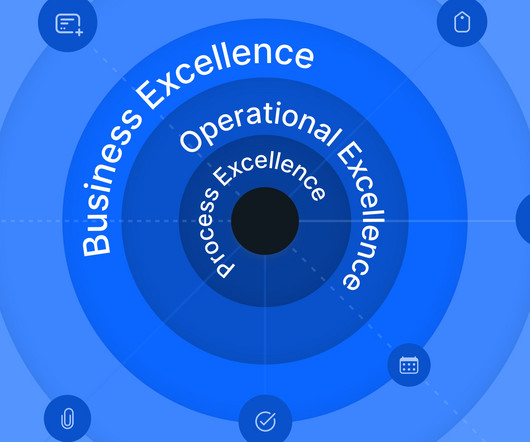How to build a successful product development strategy
IBM Supply Chain Blog
JANUARY 16, 2024
To remain competitive in today’s relentlessly paced and ever-expanding marketplace, companies must think carefully about what products they’re developing and how they’re developing them, continuously iterating their processes to maintain a competitive edge. These seven stages of product development are: 1.































Let's personalize your content